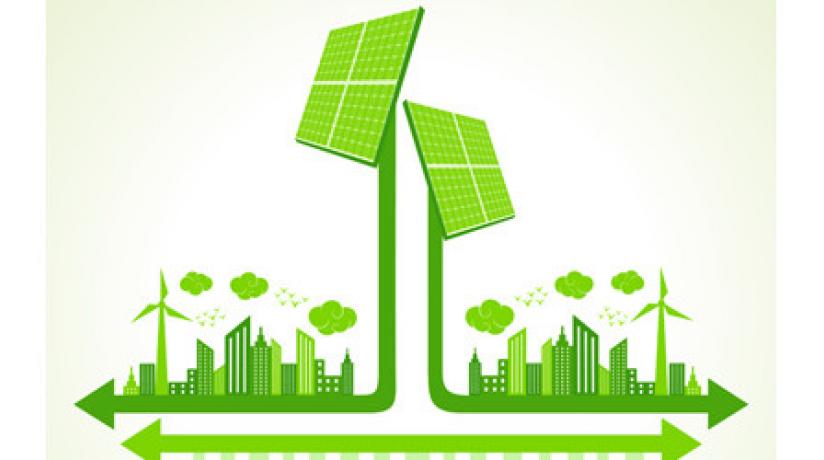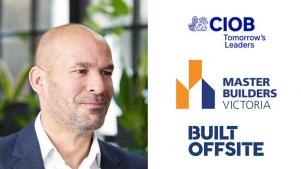Master Builders holds its annual Green Living Conference at the Building Leadership Simulation Centre (BLSC) on 28 August with a line-up of expert presenters to discuss a range of sustainability topics of special interest to the building and construction industry.
Prominent in any discussion of sustainability options are questions and answers about the ways solar energy collection and storage can meet the demands of builders and their clients. The move by Tesla Motors, Inc., the American automotive and energy storage company, into the home battery storage market is expected to cut the costs of battery storage systems for residences.
 Stephen Ingrouille, principal of Australian renewable energy consulting firm Going Solar, and one of the headline speakers at the conference, comes equipped with 37 years of practical experience, earned since the early days of solar boosterism. He will be exploring what these battery storage systems will look like, and how solar energy collection methods have matured.
Stephen Ingrouille, principal of Australian renewable energy consulting firm Going Solar, and one of the headline speakers at the conference, comes equipped with 37 years of practical experience, earned since the early days of solar boosterism. He will be exploring what these battery storage systems will look like, and how solar energy collection methods have matured.
With nearly three decades in the business of renewable energy sources (Going Solar launched in 1978) Ingrouille has seen a slow but still remarkable evolution in the way builders embrace solar technology.
“Over the past five years, we have seen dramatic changes in renewable energy in two areas especially,” Ingrouille says. “Efficiencies have improved greatly and costs are coming down, so both of the important factors are moving in the right direction.”
As technologies make advances, however, he explains that basic principles of sustainable building still stand to make some of the most dramatic and fundamental differences.
“Maximise insulation, thermal mass, daylight and ventilation; this wisdom has been around a long time and there is ample evidence to support it,” he says. “Still, how many new buildings do we see that don’t even face north?”
Ingrouille is relatively unfazed by the slow pace at which solar energy engagement has occurred in Australia. “I tend to think in geological time,” he jokes, “so it really hasn’t been that long. But it is amazing that we haven’t moved faster on some of these sustainable advances. It comes down to a lack of knowledge.”
He offers the example of young architects, fresh from design school, with whom he comes into regular contact.
“Many of them don’t have a clue about sustainable design,” he says. “It puzzles me. But once they grasp the basics, they really pursue them.”
In terms of the specifics of solar panel technology, Ingrouille says there haven’t been any colossal leaps forward yet, though he thinks that may occur in the next five to 10 years.
“You may be painting your house or hanging special curtains instead of installing solar panels as we know them today.”
The big gains have been in cost reduction.
“It’s a race to bring prices down,” Ingrouille explains. “That has happened because of subsidies in Europe and mass manufacturing in China. Even with the Australian dollar dropping, prices haven’t gone up. Now, solar collection isn’t just a good idea, but also economically sensible. We’re very near the point where it is cheaper to install panels than to connect to the [power] grid. The old ways of doing things is dinosaur technology.”
Click here to register for Master Builders Green Living Conference 2015.






